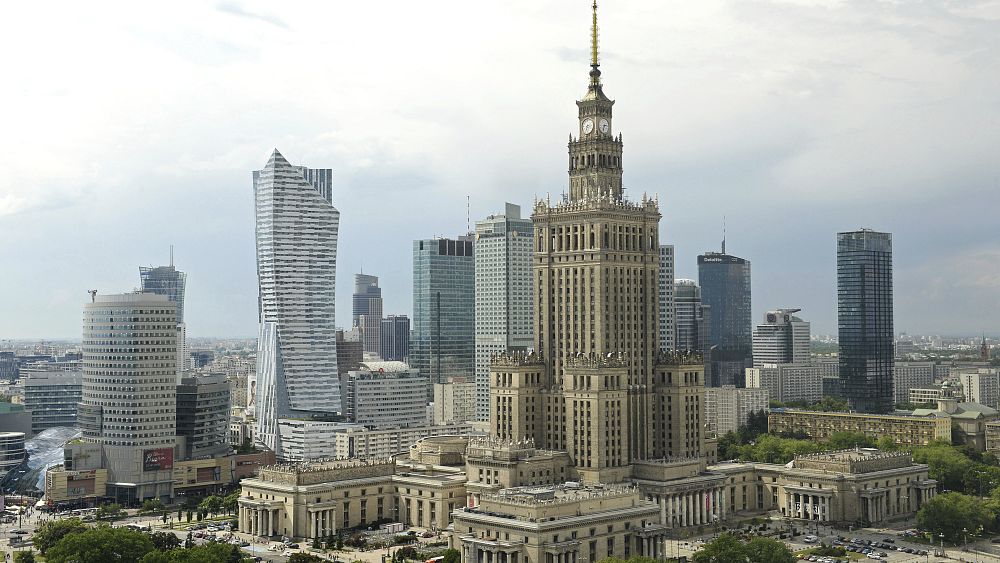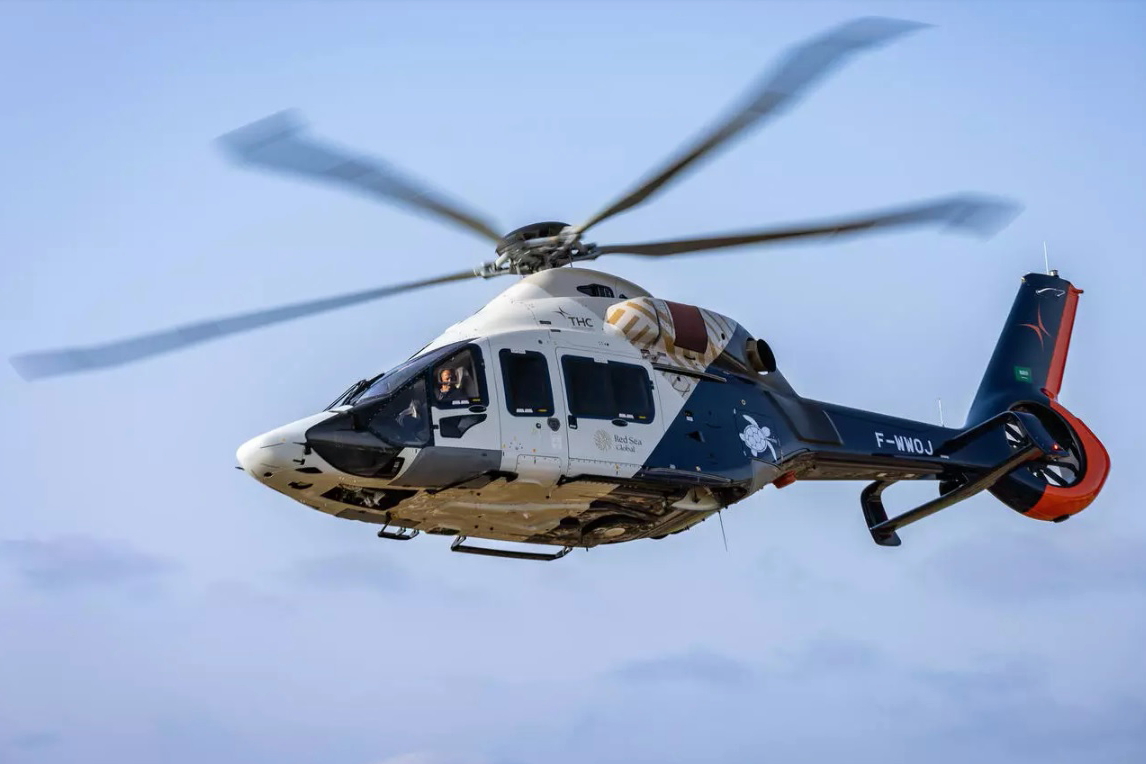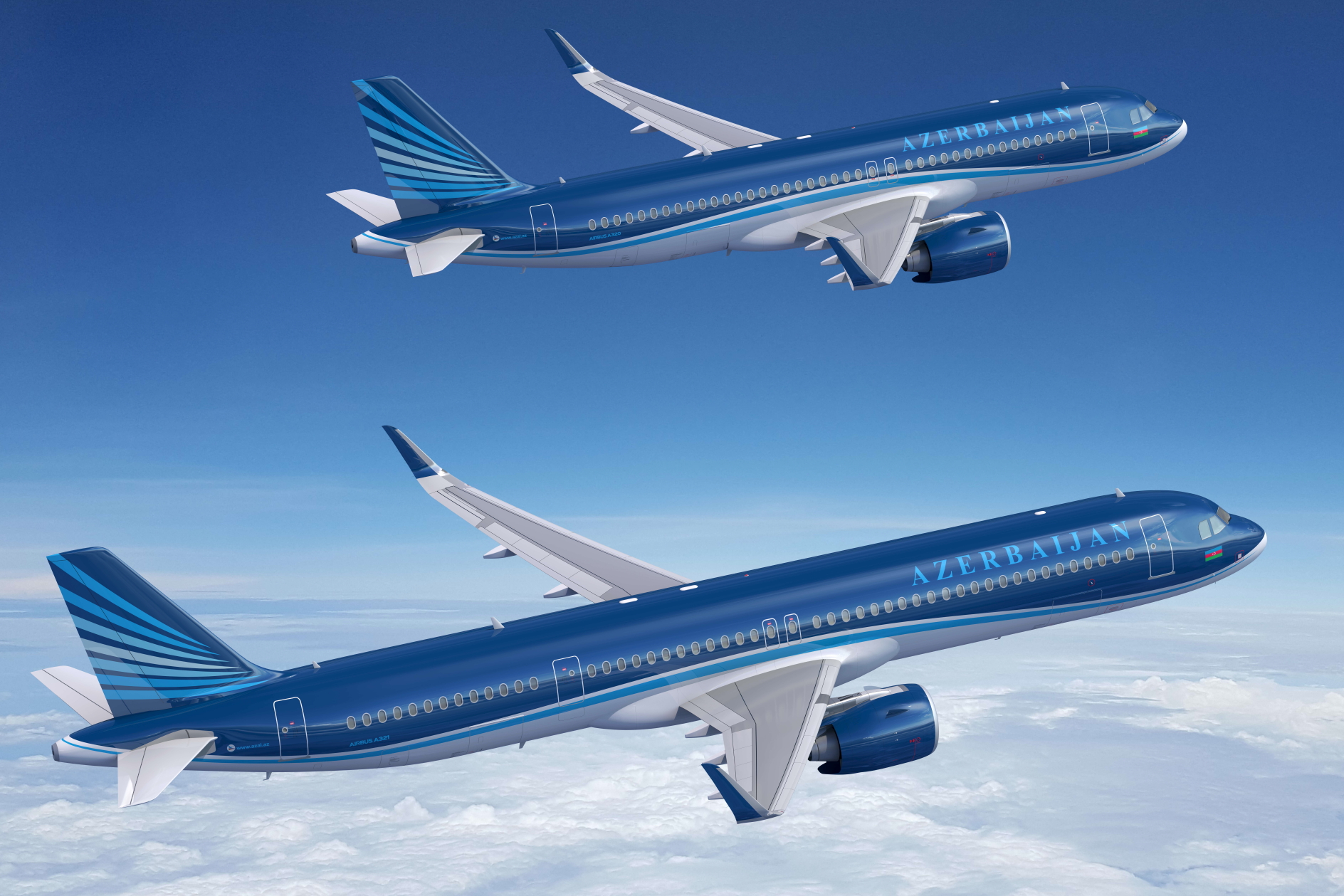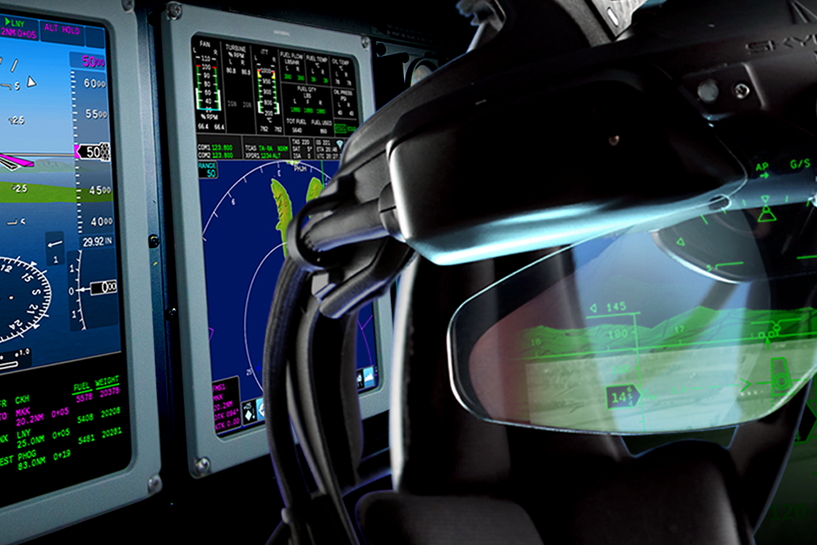Previous to the pandemic, the worldwide journey and tourism trade accounted for simply over 10% of worldwide GDP. After a tough 2020 and 2021, with, some false begins within the trade because of new variants of COVID-19, tourism is sort of at an analogous degree now.
Talking to Euronews at The World Journey & Tourism Council (WTTC) in Riyadh, Julia Simpson, President and CEO of the physique, painted an upbeat image.
“Journey and tourism globally used to generate about $9.6 trillion (€9.3 trillion) globally, and at this finish of this yr we’ll be again to about $8.4 – $8.5 trillion (€8.1-€8.2 trillion). And also you may say, effectively, there’s nonetheless a giant trillion-dollar deficit there, however truly numerous that’s China. And China has but to reopen.”
As beforehand, it’s cities which can be driving this. In keeping with a report launched by the WTTC, 82 worldwide metropolis locations that had been analysed accounted for nearly half of all worldwide visits, each as standalone locations and as gateways to different tourism hotspots inside international locations.
Even amidst 3 tough years, some cities have now surpassed their earlier vacationer income. In Europe, for instance, Warsaw is predicted to witness a major 14% improve in Journey & Tourism’s contribution to town’s GDP, in contrast with 2019 ranges.
In the meantime, within the US, Orlando is projected to see a ten% over that very same interval.
This sturdy power could be seen via one other medium – resort bookings. The CEO of hospitality agency Accor, Sebastien Bazin, famous that it isn’t simply Europe main the way in which within the rebound within the sector.
“So, enterprise could be very sturdy. Sooner restoration than I anticipated and searching pretty good truly for the primary semester of 2023. So, with the notable exception of China and Southeast Asia, Europe could be very sturdy. Center East is on fireplace. South America is healthier than ever projected myself.”
Because the pandemic’s results additional cut back and folks’s issues about mixing in public and in small locations cut back, tourism might proceed to learn.




